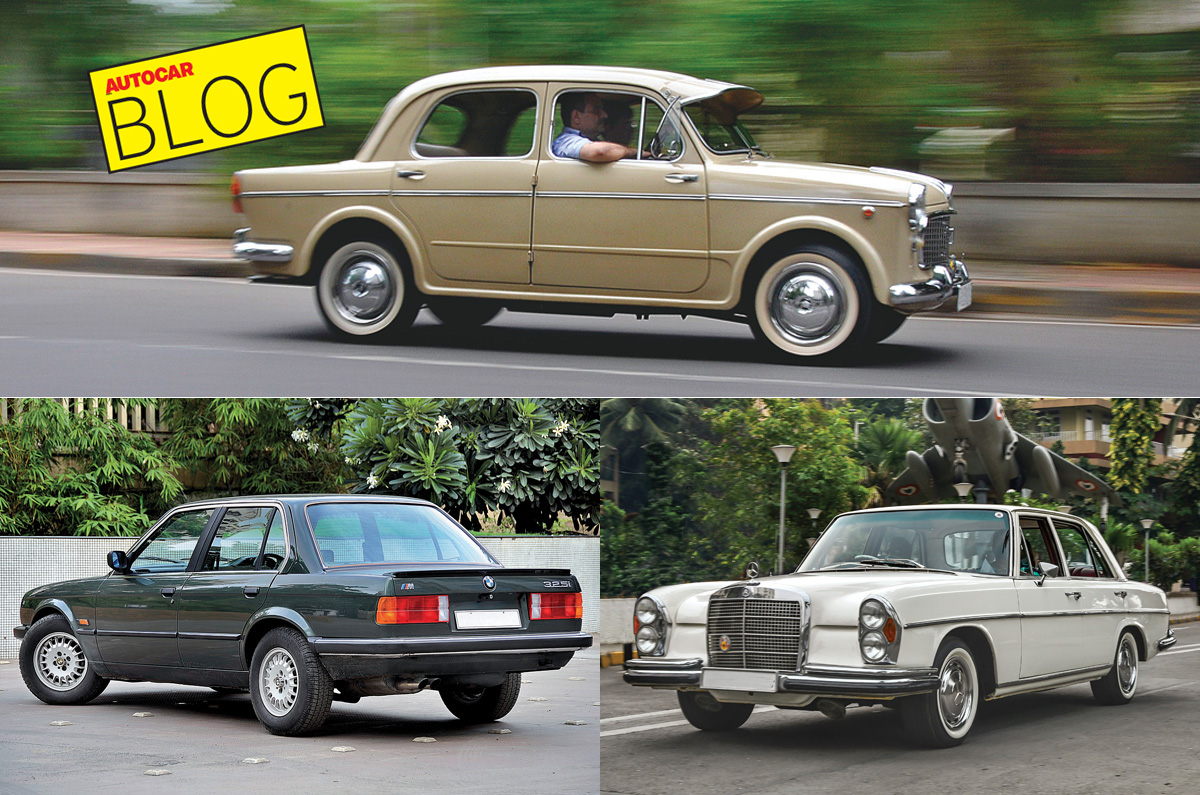Blog: Classic mistake

How do we know we are not serious about pollution control? Simple, take a look at where we choose to focus our energies. This is relatively easy to do. Let’s take the case of Delhi, where for years a sharp focus has been maintained on the sale of new diesel cars. While levels of emissions from brand new diesel cars may have been a part of the problem in the distant past, where these engines ran without any real emission control, today’s squeaky clean BS6-compliant ones are clearly not the burning issue. Barking up the wrong tree only serves to distract from solving the real issue. And let’s not kid ourselves; not cleaning up the air comes with deadly consequences.
The more effective way, of course, is to look at the main sources of pollution first. It sounds difficult, but it actually isn’t rocket science. And once you’ve correctly identified the major sources of pollution, all you have to do is systematically take them down. While this may not always be easy, correctly identifying your target, as any tank commander will tell you, is a vital first step.
Fortunately, today, awareness of crop burning and post-monsoon garbage disposal is high. And we know the role unregulated industry and outdoor fires play. This has advanced the fight against pollution massively. No longer can the wool be pulled over our eyes as easily. Also, we know knee-jerk reactions like the odd-even schemes are not the solution.
But heavy industry, coal and thermal power generation apart, who are the largest polluters in the automotive space? The burden must fall on older cars, bikes and commercial vehicles. Many more than a decade or so old, their emission control devices are very basic and some of their are engines hopelessly out of tune.
“Ahh, old cars,” you say. “Right; why don’t we ban them?” And that, friends, believe it or not, is possibly where the ban on vintage and classic cars is coming from. Does it matter that none of the owners of these cars use them as transport. Or that the cumulative kilometres driven every year by the couple of thousand cars that are roadworthy, amount to nothing? Or that the resultant pollution, in the grander scheme of things, is a mere drop in the ocean?
So why the lip service? Why concentrate on trying to swat flies, when you have a hungry Bengal Tiger licking its lips only inches away? It’s all about the optics. Can’t be effective at reducing pollution levels in the medium term? Need something to show serious work is being done? Something that is likely to garner a lot of discussion and debate? This is one possible solution. And what of the couple or so thousand classic and vintage car owners? Collateral damage? It isn’t the big collectors who will be affected; they don’t drive their ‘trailer-queens’ much anyway. No, this hits the common man; the average enthusiast who has one classic car or bike, and loves it to bits. But does that matter in the grander scheme of things? I think we all know the answer to that.
Come to think of it, this game of smoke and mirrors is actually quite clever.
Also see:
2020 Mercedes-Benz Classic Car Rally video
Scrappage policy for Government vehicles approved
New registration rules for vintage and classic vehicles in India announced
2020 21 Gun Salute Vintage Car Rally and Concours d'Elegance video

No comments
please do not enter any spam link in the comment box